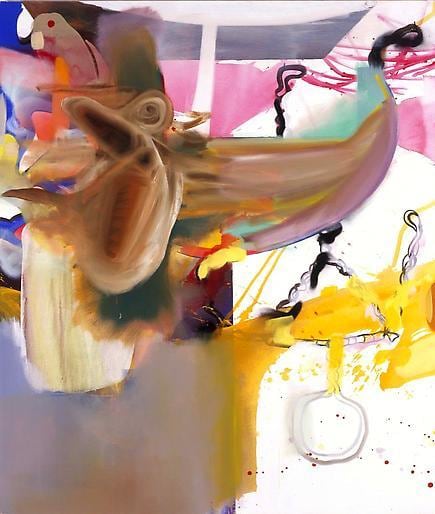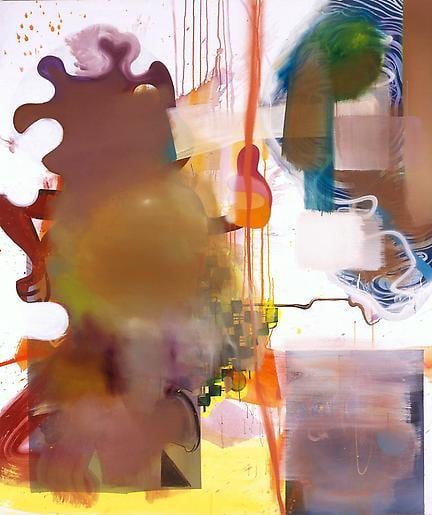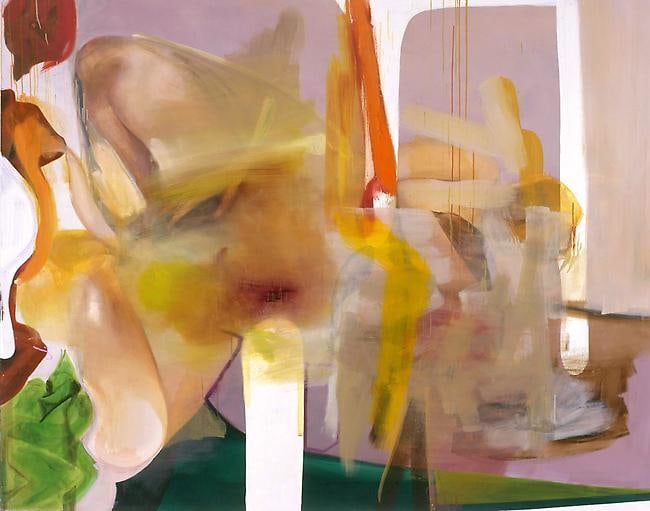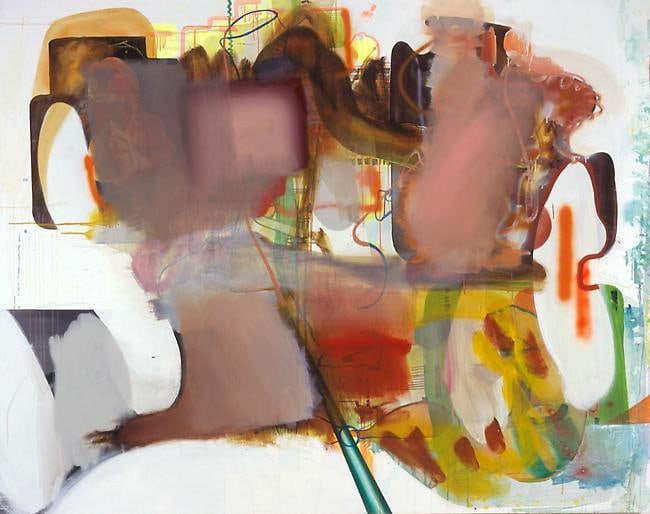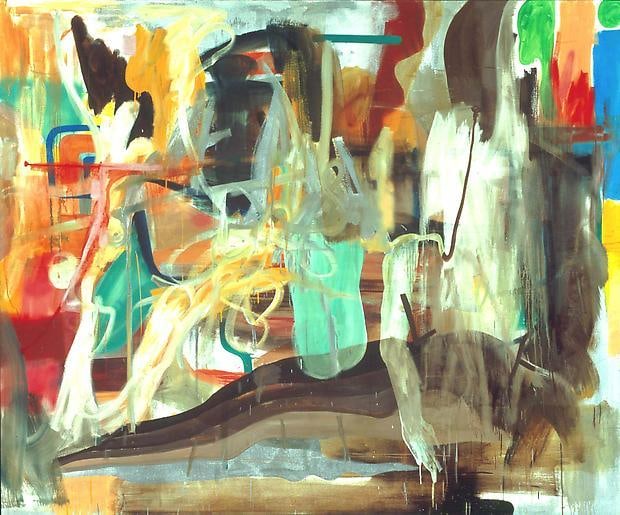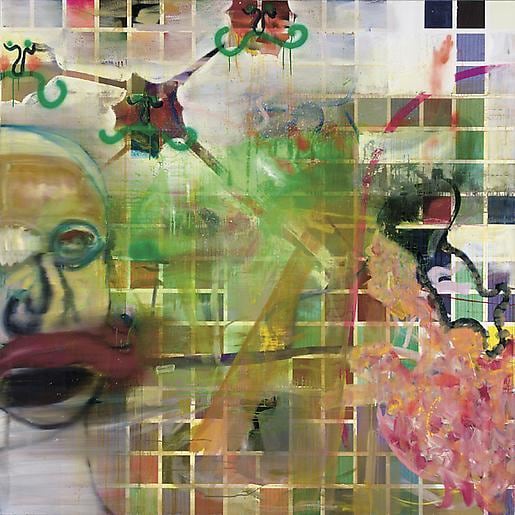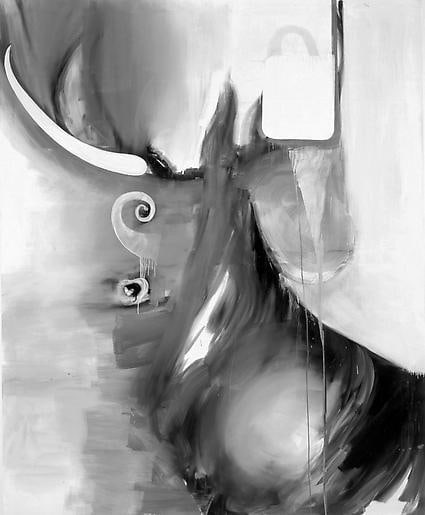Albert Oehlen
Paintings 1988 - 2008
April 8 – May 17, 2008
John Berggruen Gallery is pleased to present an exhibition of recent and historical paintings by German artist, Albert Oehlen. Albert Oehlen: Paintings 1988-2008 marks Oehlen's debut solo exhibition at John Berggruen Gallery and will be on view between April 8 and May 17, 2008. There will be a reception for the artist on Tuesday, April 8th between 5:30 and 7:30 p.m.
Since the start of his career in the late 1970's, the work of Albert Oehlen has been notoriously and deliberately difficult to classify. Like all great artists, Oehlen is the product of his generation. Specifically, his work resonates the experiences of an artist who came to age in a neo-expressionist dominated Germany influenced by the likes of Jorg Immendorff, George Baselitz and Sigmar Polke, punk music, Surrealism, and Gestalt theory, and reflective of a brief era of participation in the politics of post war Germany, whose communist artistic community fostered a spirit of collaboration that remains an important component of Oehlen's career today. However, two things are decidedly clear: first, despite engaging in multiple mediums throughout the years, painting has remained Oehlen's most important body of work, and second, Oehlen's work is intensely preoccupied with issues raised by Modernism's ideology including a primary concern with the processes involved in the making of a painting.
Bonnie Clearwater has written that Oehlen believes his abstract paintings "make the most concise statement about his rational approach to art."1 In this mini-retrospective of nine paintings executed during the two decades between 1988 and 2008, abstraction is the sole focus and the entre into understanding Oehlen's empirical approach to making art. Oehlen's abstraction is less related to that of the Expressionists or other Modernist aesthetics than to the Surrealists. Oehlen uses collage as the foundation of almost every one of his painted canvases. As Clearwater continues, "In many instances, his first step in executing a painting is to create a collage on the canvas as the underlying structure. He then proceeds to negate this scaffold. Oehlen credits Surrealism for this impulse in his work as it allows him to 'mess up the condition of the work' and to think about the mode of painting." Additionally, Oehlen plays with the scale of both the figurative and abstract components of his paintings, and utilizes color, diagonal and horizontal lines, foreshortened forms, and altered orientations of these forms to manipulate the spatial illusions of the two dimensional surface. Through these practices, Oehlen continuously attempts to expose the flaws and myths of Modernism, and to entice his audience to focus on the modes of production and logic behind the individual canvases before them.
Albert Oehlen was born in Krefeld, Germany in 1954. He moved to Berlin in the early 1970's before enrolling at the Hochschule fur Bildende Kunst in Hamburg where he studied with Sigmar Polke. Since his graduation from the Hochschule in 1978, Oehlen has been closely associated with the art scene in Cologne. He has been the focus of many solo exhibitions including his first American solo museum exhibition, I Know Whom You Showed Last Summer at the Museum of Contemporary Art, North Miami (2005-2006). He has also been the focus of exhibitions at the Musee Cantonal des Beaux-Arts Lausanne, Switzerland (2004), and the Stedelijk Museum, Amsterdam (1997), as well as numerous exhibitions at Luhring Augustine in New York and Galerie Max Hetzler in Berlin. His work has been included in major exhibitions at the Museum of Modern Art, New York, the Saatchi Gallery, London, and the Museum of Contemporary Art, Chicago, and is in the collections of such institutions as the Broad Art Foundation, Los Angeles, and the Museum of Modern Art, New York.

